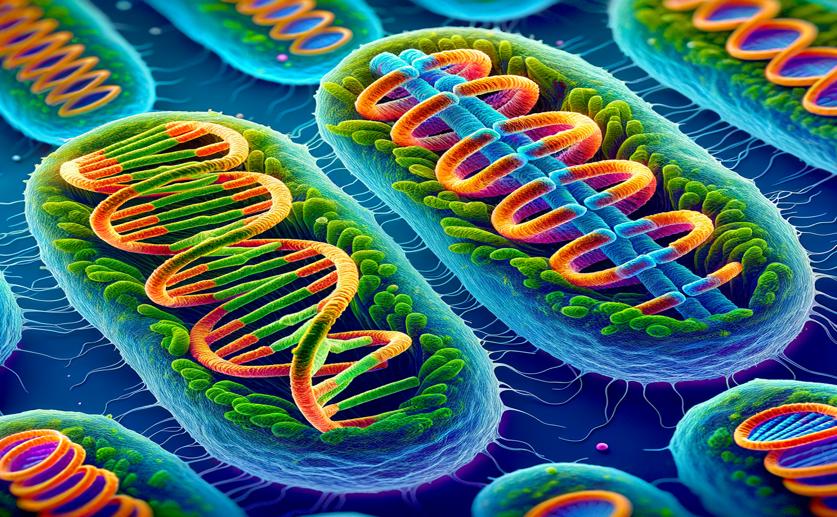
Unique Features of Common and Uncommon DNA Segments in Euglena Cells
Jim Crocker
14th June, 2024

Image Source: Natural Science News, 2024
Key Findings
- The study, conducted by Chengdu Medical College, focused on the nuclear introns in Euglena gracilis (E. gracilis), a single-celled organism
- Researchers identified over 28,000 introns in E. gracilis, including conventional GT-AG introns and non-conventional introns
- The study also discovered 11,921 trans-spliced outrons, highlighting the complexity of RNA splicing in E. gracilis
References
Main Study
1) Unique features of conventional and nonconventional introns in Euglena gracilis
Published 13th June, 2024
https://doi.org/10.1186/s12864-024-10495-9
Related Studies
2) Spliceosome structure and function.
3) How Is Precursor Messenger RNA Spliced by the Spliceosome?
4) Trans-splicing.
5) Characterization of trans-splicing in Euglenoids.
Journal: Current genetics, Issue: Vol 37, Issue 6, Jun 2000



 16th March, 2024 | Jenn Hoskins
16th March, 2024 | Jenn Hoskins